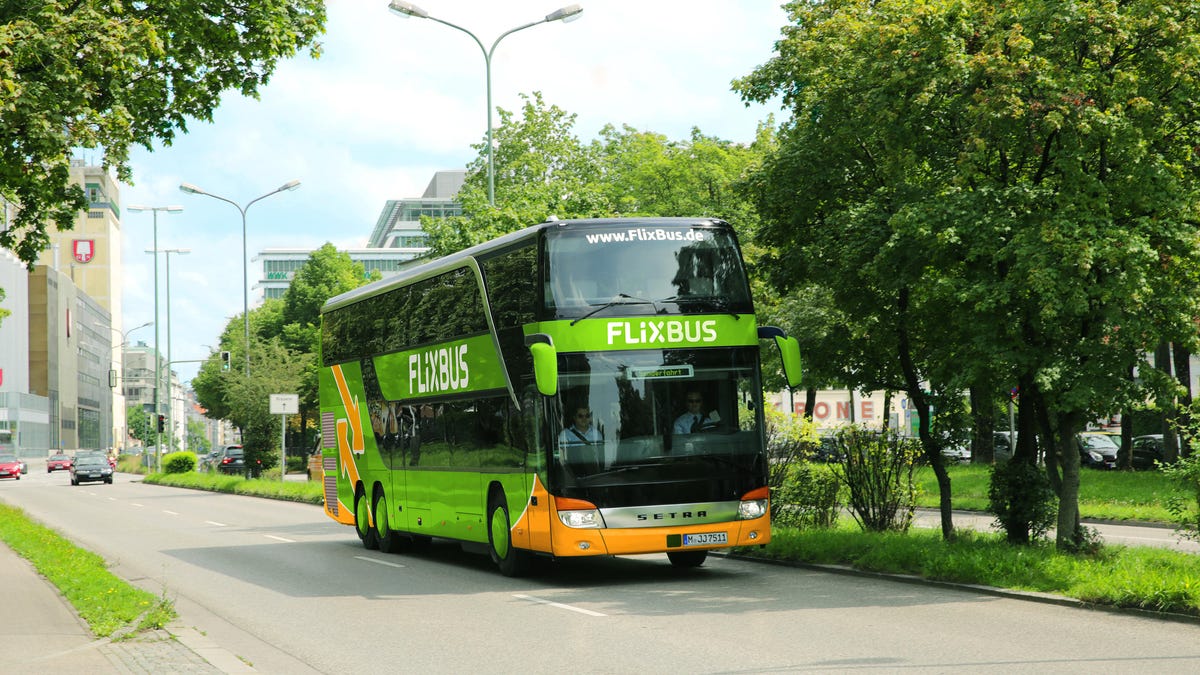FlixBus comes to the US to Uber-ify interstate travel
The livery's a bit eye-searing, but its prices can get crazy low.

Bus travel isn't the most glamorous method of traveling the United States, but FlixBus thinks it might be able to bust through that barrier.
FlixBus wants to inject a dose of Uber into interstate bus travel. Instead of operating its own fleets, FlixBus is a middleman working with both passengers and independent transportation companies. FlixBus will work with six bus lines in the US to start: Arrow Stage Lines, American Explorer Motorcoach, Gray Line Arizona, Pacific Coachways, Transportation Charter Services and USA Coach Services.
That livery is bright.
No matter the operator, FlixBus will outfit its buses with a can't-miss-it combination of orange and green. All buses will have free Wi-Fi in addition to "onboard entertainment," power outlets and USB ports for every seat. While the operators still own the buses, FlixBus will be in charge of setting routes and pricing, in addition to running its app. According to The Drive, it takes about 30 percent of the revenue, with the remainder going to the bus companies.
Its initial focus will cover approximately 180 city combinations in the Southwest and California. A number of FlixBus' examples focus on travel to and from Las Vegas, with starting points ranging from Los Angeles to Phoenix to San Diego. Eventually, FlixBus wants to expand its footprint to cover approximately 400 connections.
Pricing is flexible, like Uber or Lyft, and it will shift based on demand. However, its initial offerings are ridiculously cheap -- like, 99 cents from UCLA to Caesar's Palace cheap. FlixBus' co-founder told The Drive that it wants to be competitive with all manner of transportation, not just other buses.
The company didn't just spring up from nothing. FlixBus got its start in Europe, where it currently has some 300 partners, and it hopes to recreate that success Stateside starting this month. But then again, Europe actually embraces wheeled mass transit, so it's anybody's guess as to how this will pan out.

